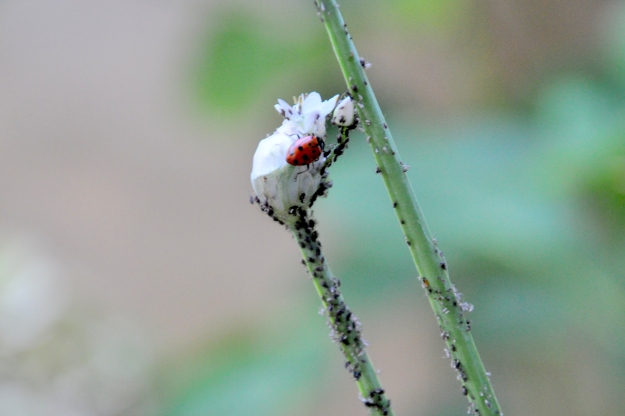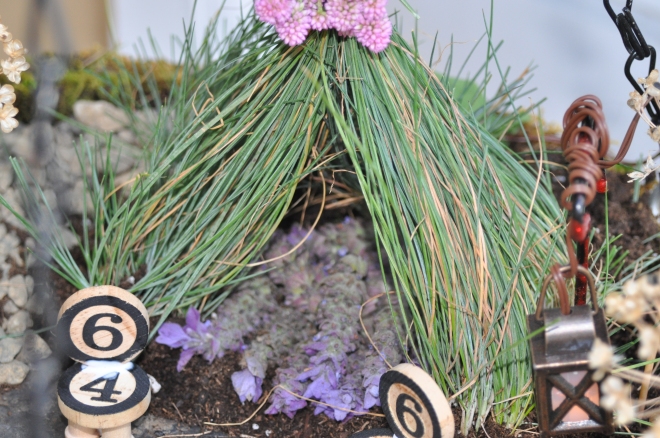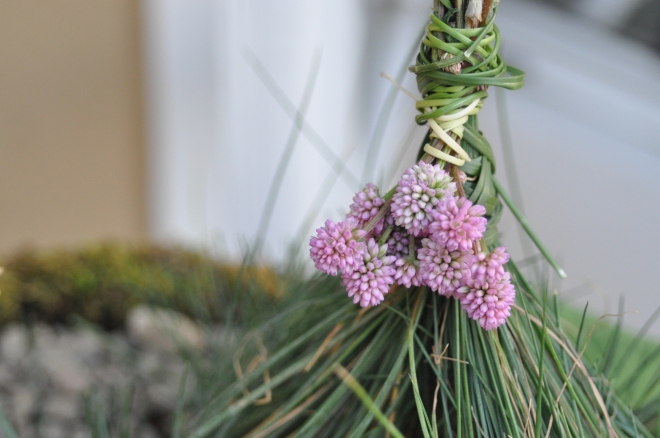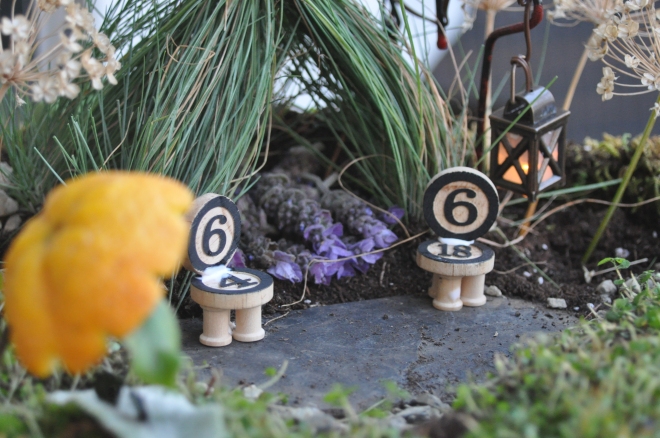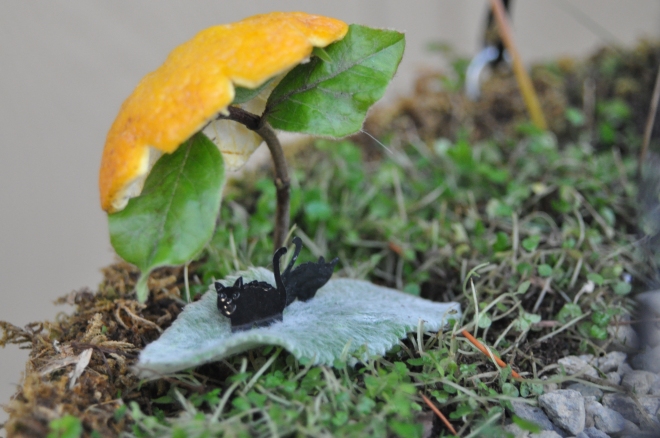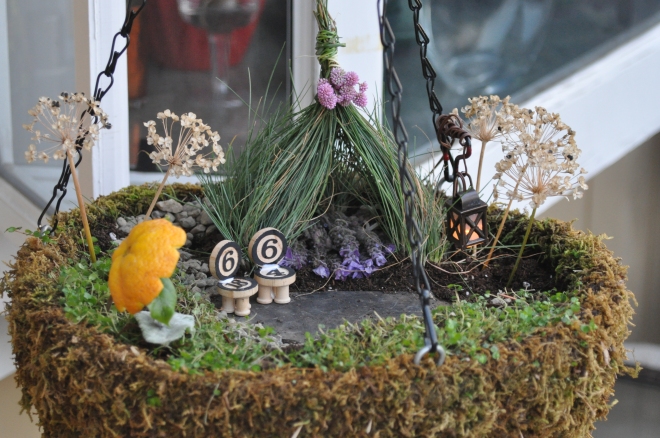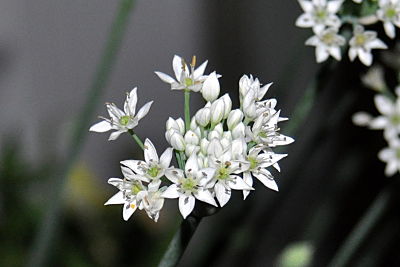I mentioned last week that I would be heading to the garden center for another batch of living ladybugs. My lovely, onion-scented Allium is dripping in aphids and soot. Ick, yuck and blech!
The first batch of ladybugs made some progress, but now all but one or two are gone. They didn’t even leave a note to say why.
Where did they go? The tasty aphid smorgasbord remains. What’s an organic gardener to do?
Then I read this from OurWaterOurWorld.org:
Tolerate low to moderate numbers of aphids as long as they aren’t causing noticeable plant damage. There is a reason for this: aphids have many natural enemies such as spiders, ladybugs, lacewings and minute parasitoids (tiny non-stinging wasps) that often keep aphid numbers below damaging levels. These beneficial insects rarely appear on the scene until after aphids have begun attacking plants. This “lag-time” can be a day or two or as long as several weeks. As the season progresses, aphid control by these natural enemies improves because more natural enemies are attracted to your garden and more stay to breed.
So…I’m taking the wait and see approach as I keep a close eye on the plant.
Meanwhile, I’m trying to identify a different set of insects on my beloved pumpkins. Stop by later this week for a look-see. I bet you can hardly wait. 😉

